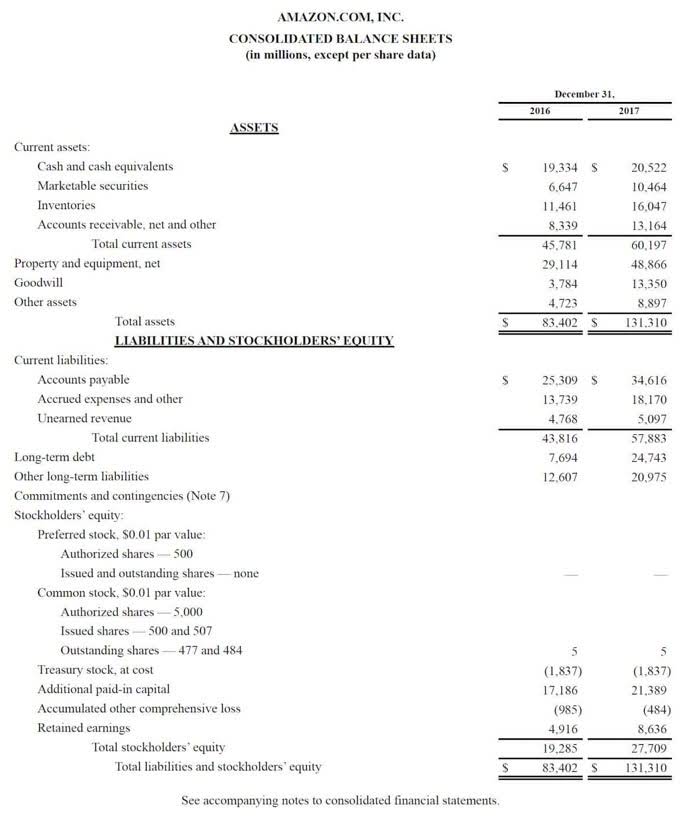
As we can see from the chart below, marginal costs are made up of both fixed and variable costs. So variable costs often increase in tandem, but are not the only component. For instance, a business may need to buy a new machine which costs $500,000. This is a one off cost, but is required https://www.bookstime.com/ to produce more goods and is therefore calculated within the marginal cost at a certain point. It comes from the cost of production and includes both fixed and variable costs. In the case of fixed costs, these are only calculated if these are required to expand production.
Productive processes that result in pollution or other environmental waste are textbook examples of production that creates negative externalities. The Marginal Cost quantifies the incremental cost incurred from the production of each additional unit of a good or service. In a competitive market, individual buyers and sellers represent a very small share of total transactions made in the market. Any individual firm is a price taker, and it is the market forces of demand and supply that determine the price.
Marginal cost and revenue: Formulas, definitions, and how-to guide
Marginal cost is calculated as the total expenses required to manufacture one additional good. Therefore, it can be measured by changes to what expenses are incurred for any given additional unit. So, the marginal cost of producing one additional cupcake (in batches of 20) is $3. When performing financial analysis, it is important for management to evaluate the price of each good or service being offered to consumers, and marginal cost analysis is one factor to consider.
Suppose the marginal cost is $2.00; the company maximizes its profit at this point because the marginal revenue is equal to its marginal cost. For instance, how to calculate marginal cost say the total cost of producing 100 units of a good is $200. However, the marginal cost for producing unit 101 is $4, or ($204 – $200) ÷ ( ).
